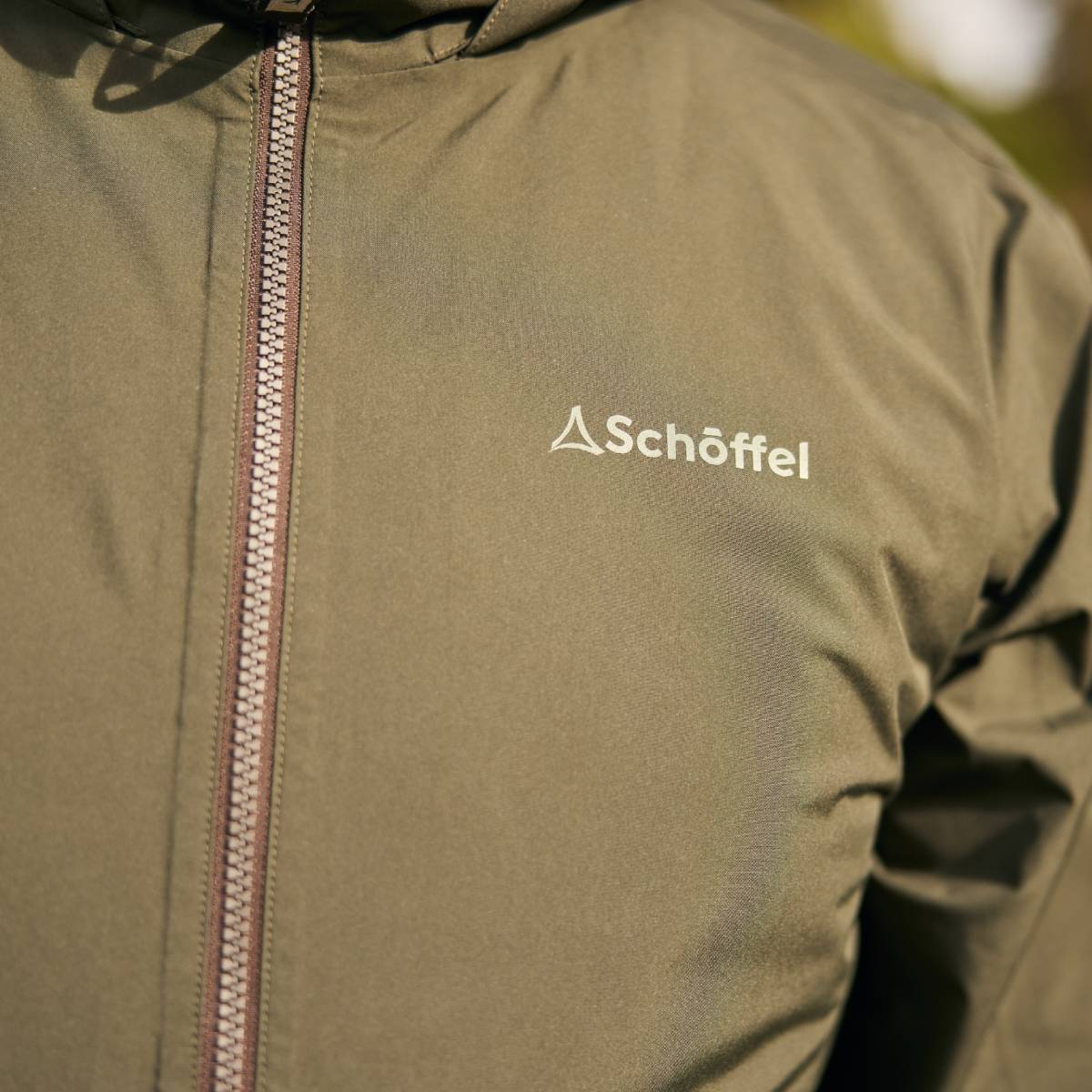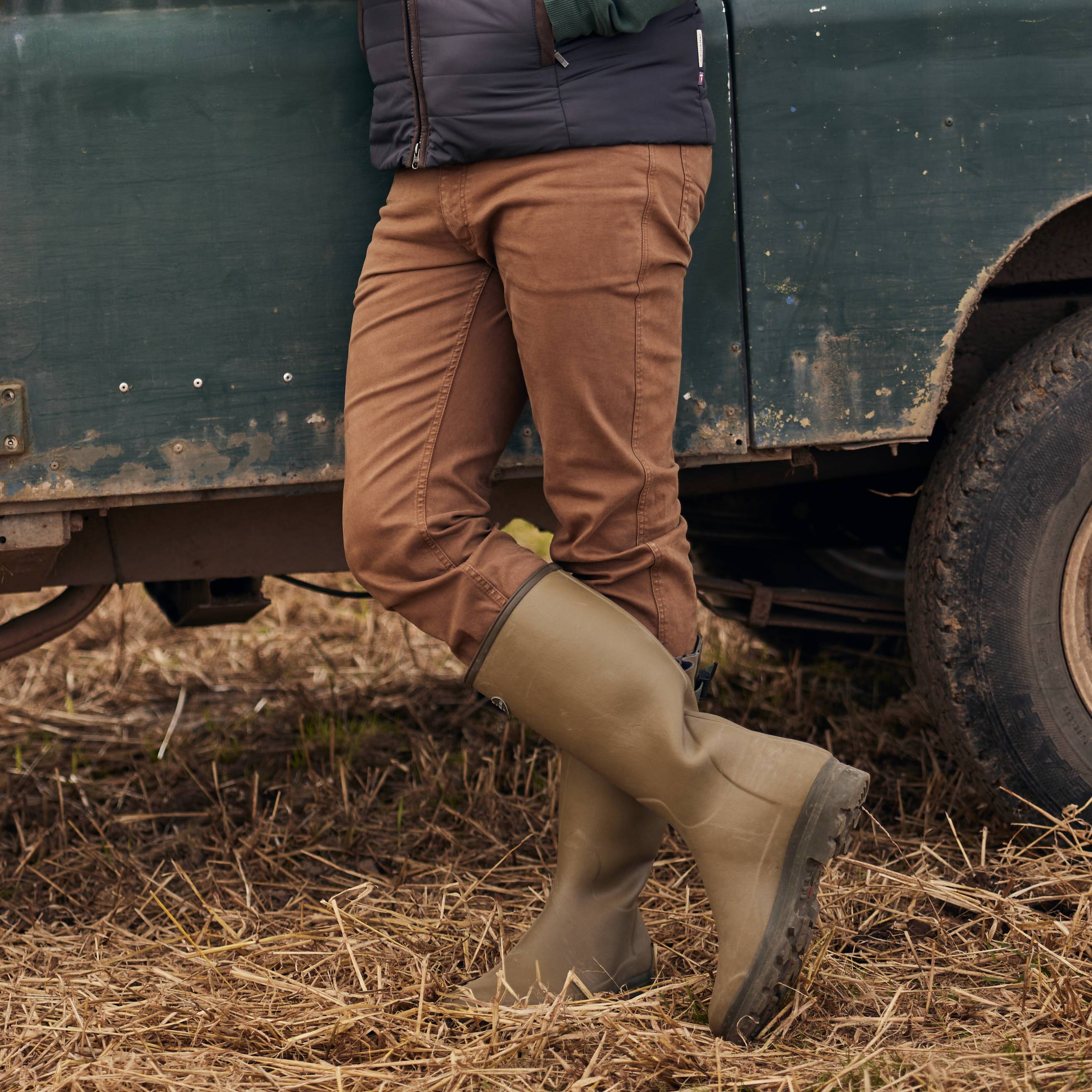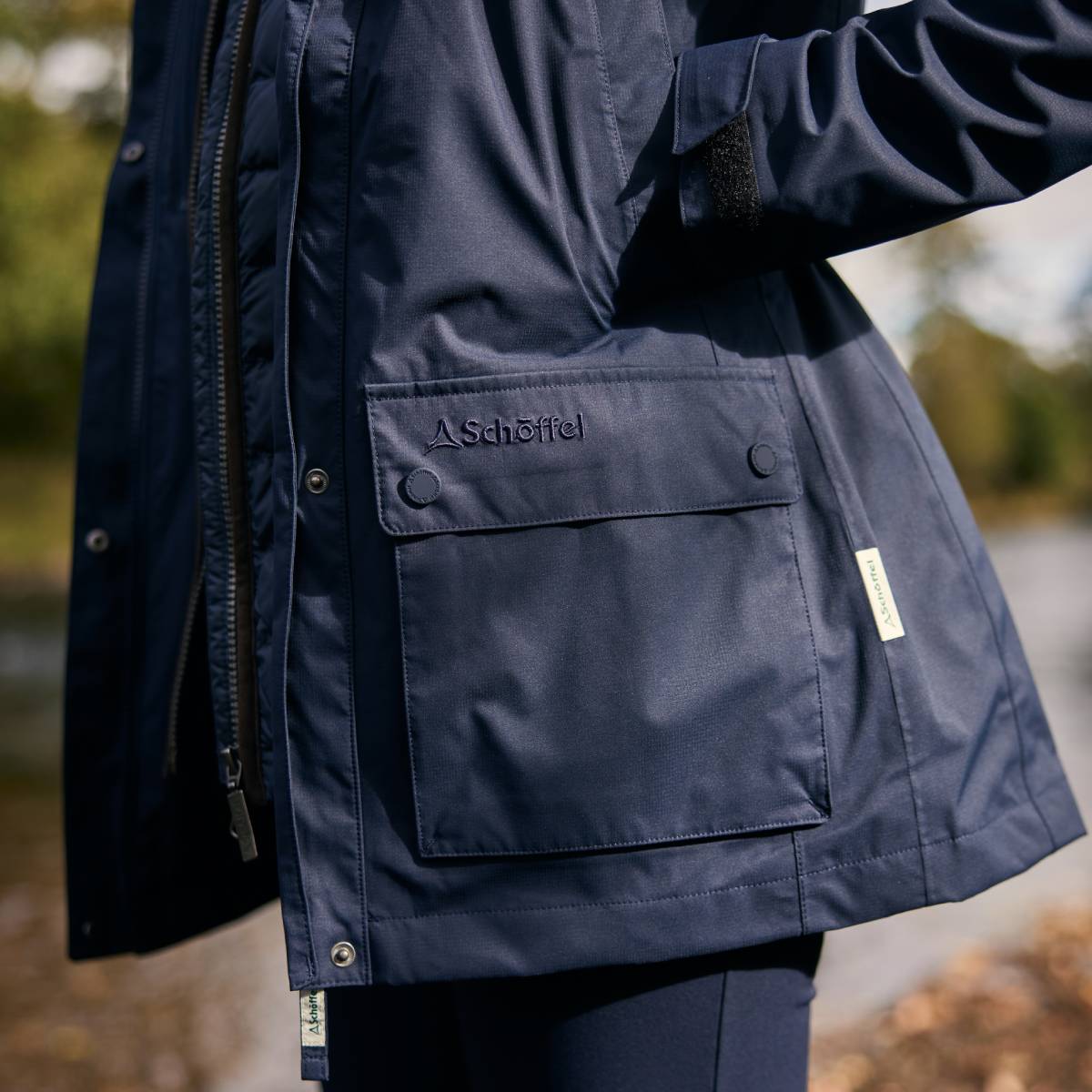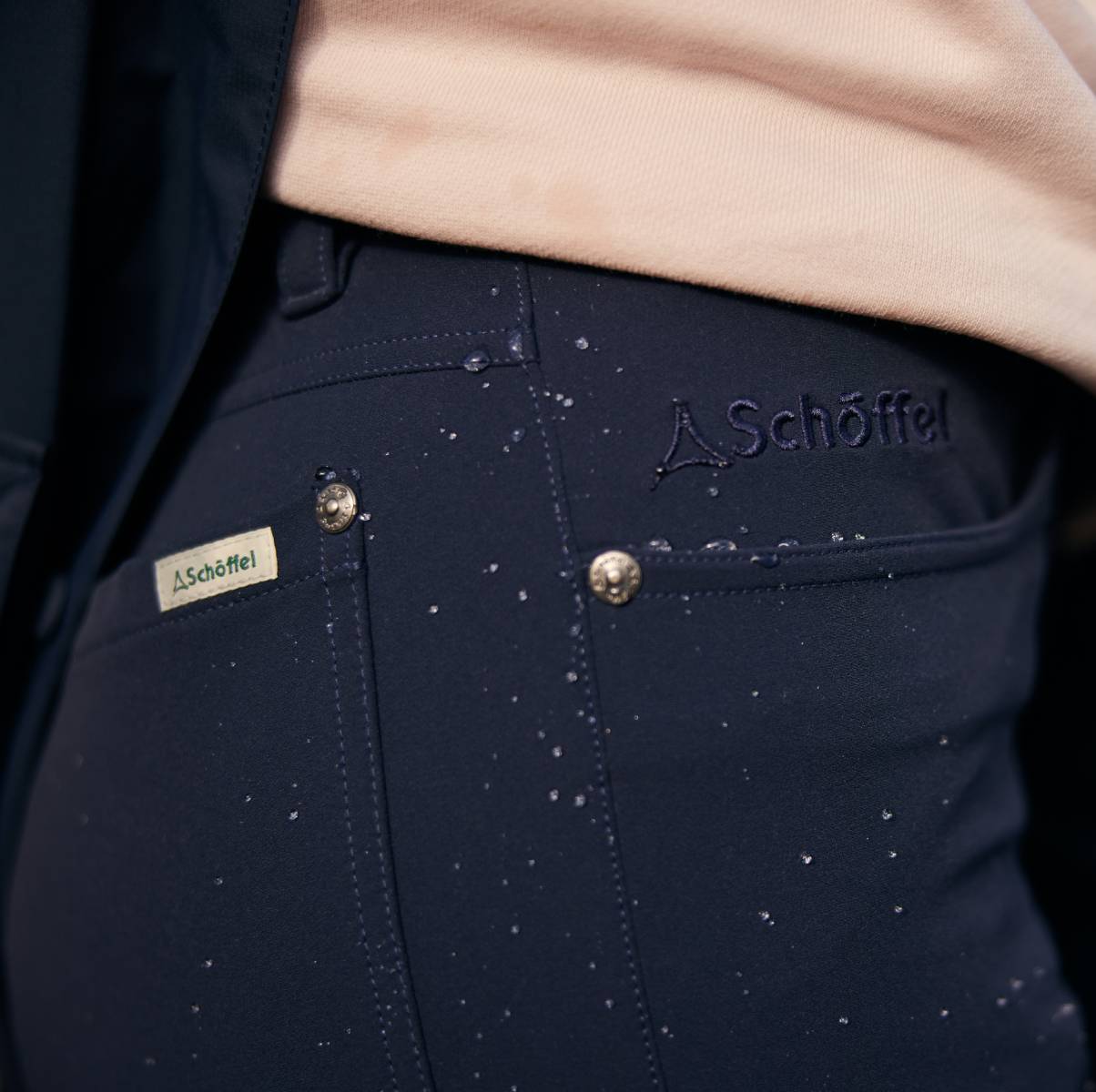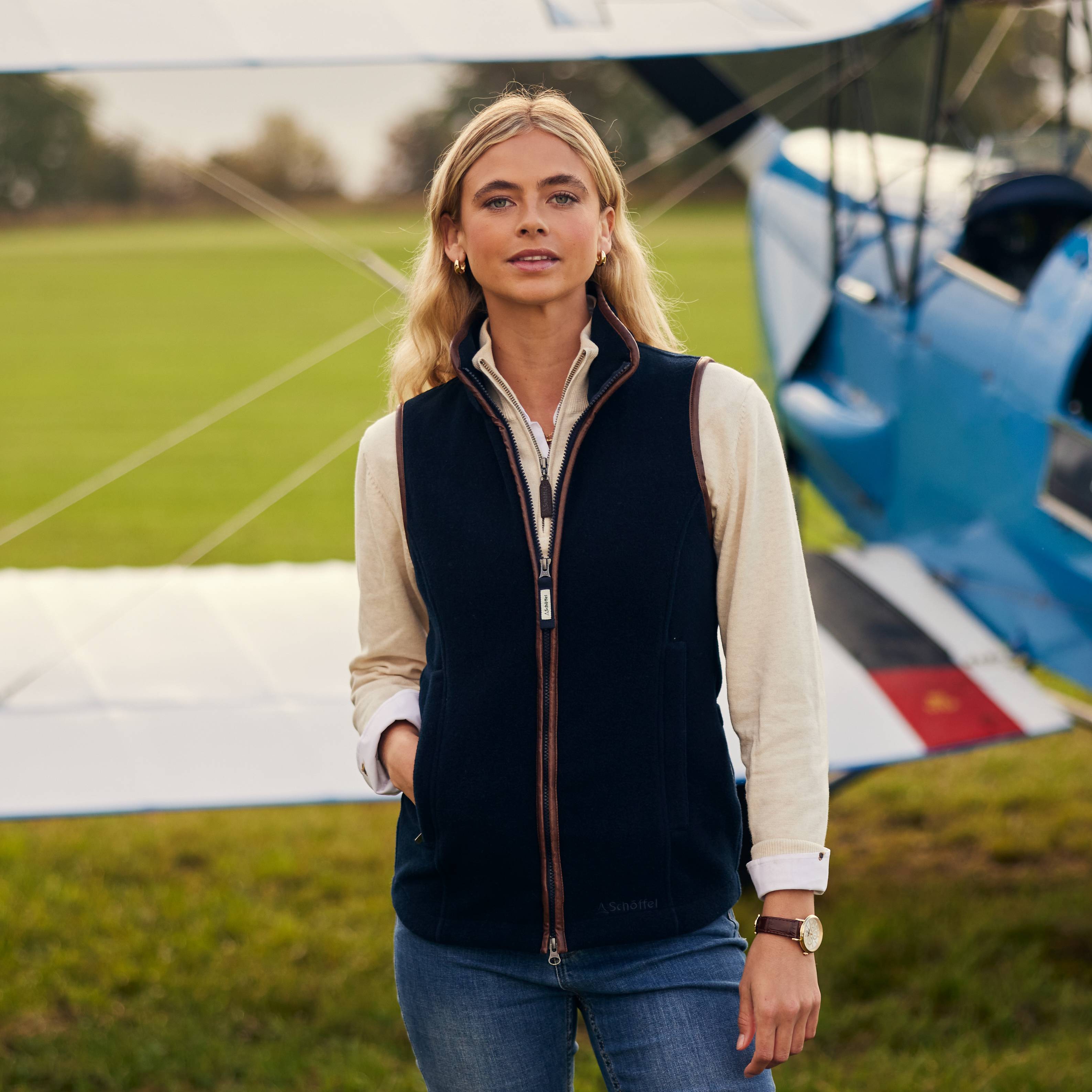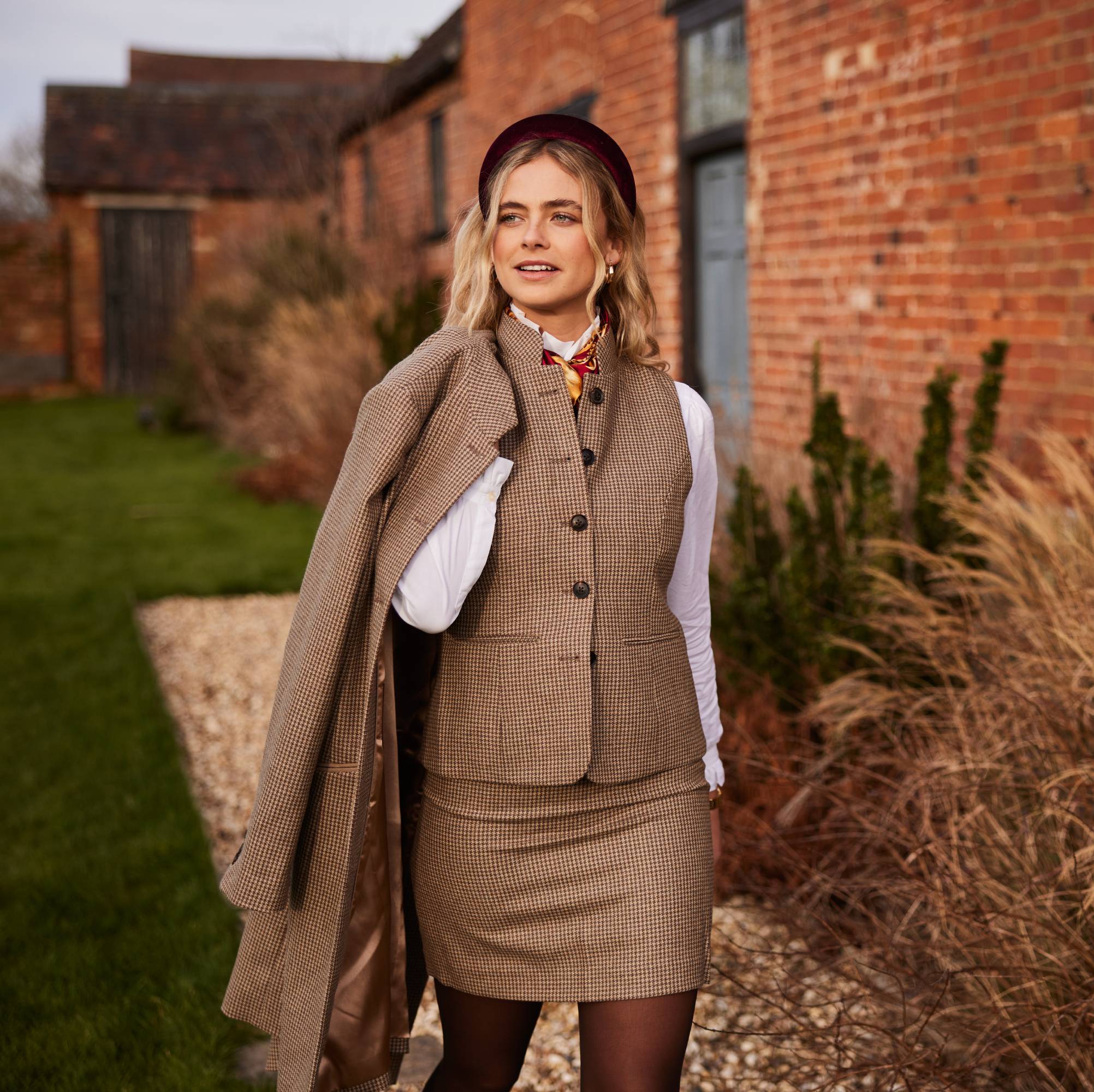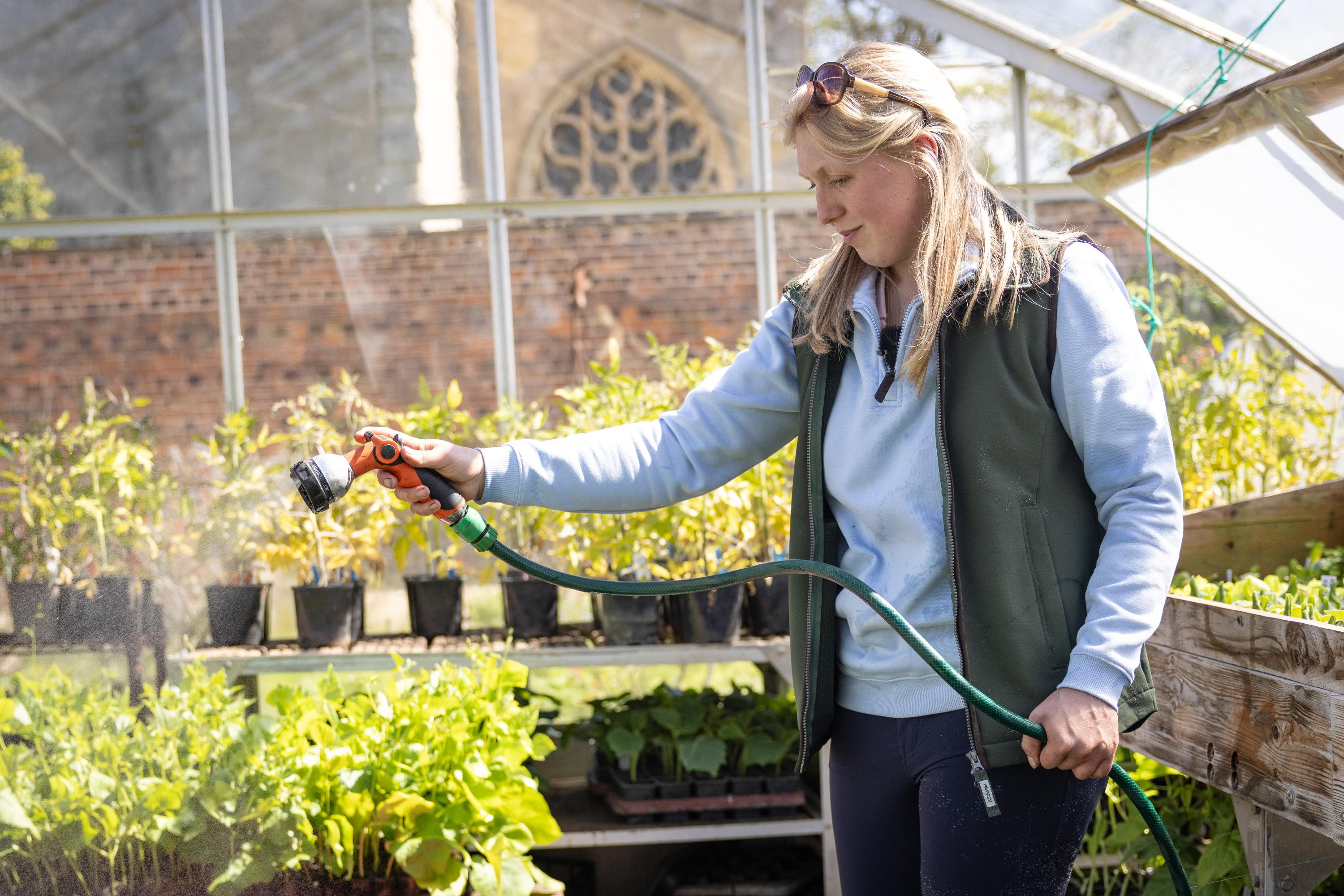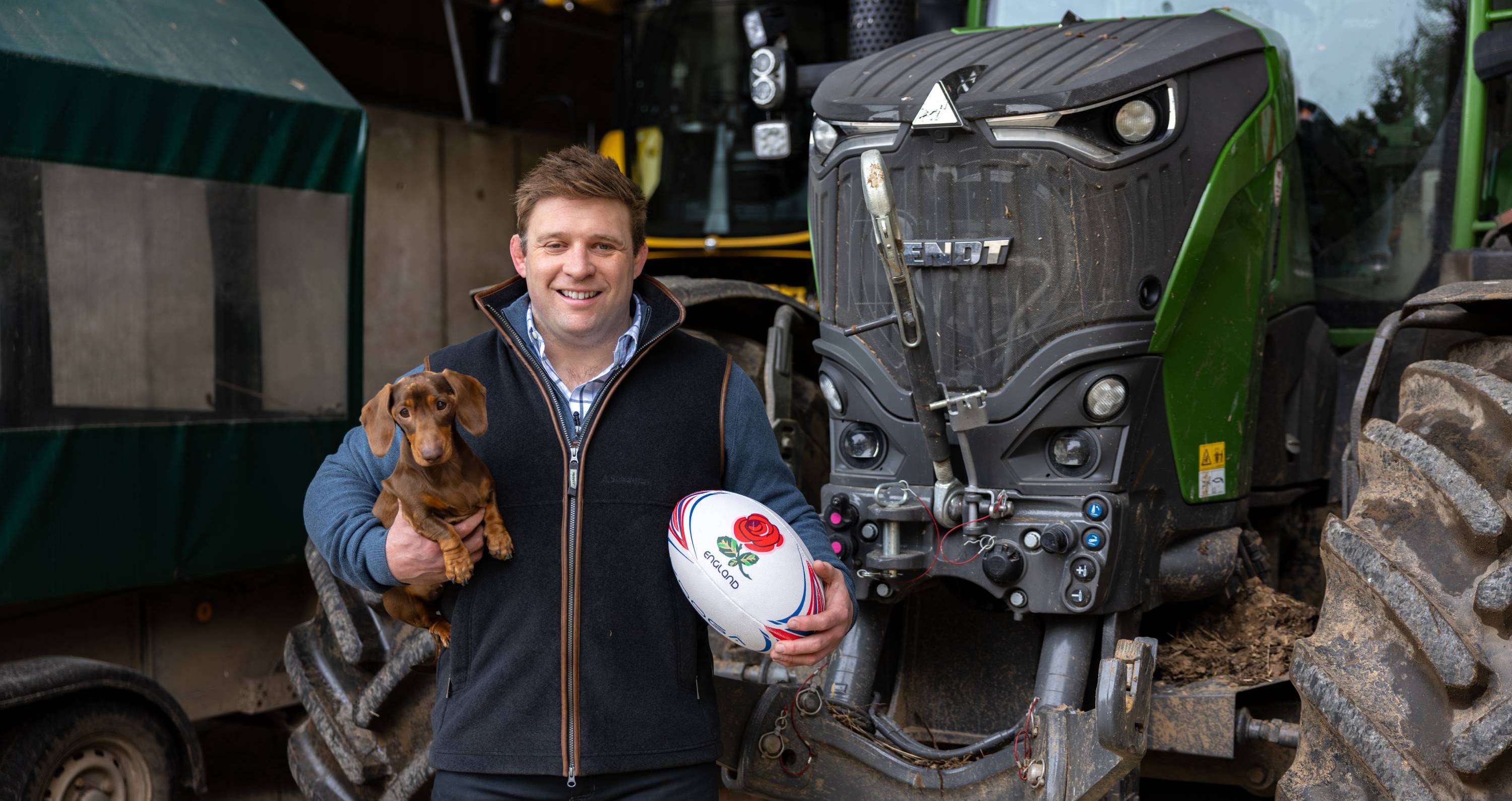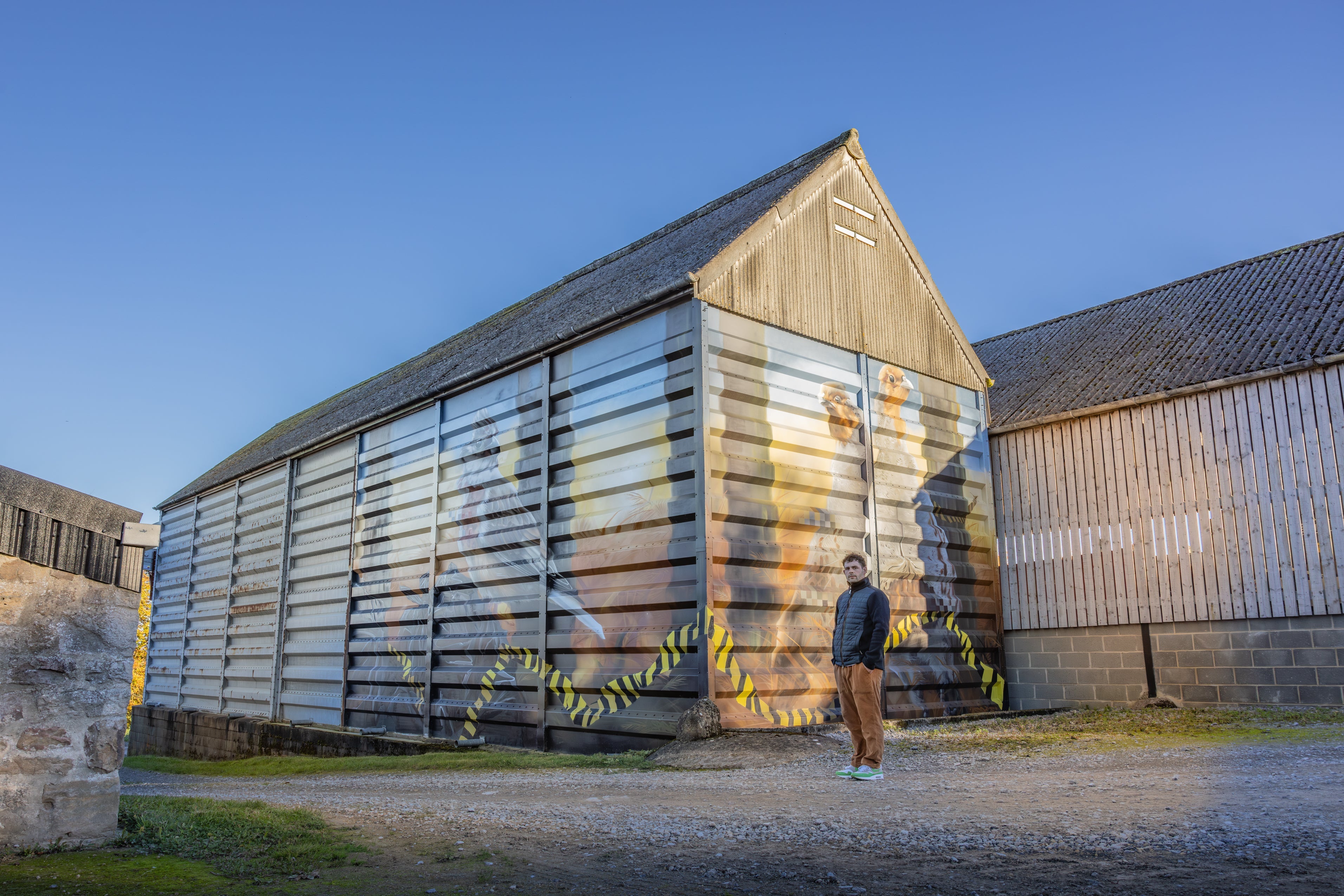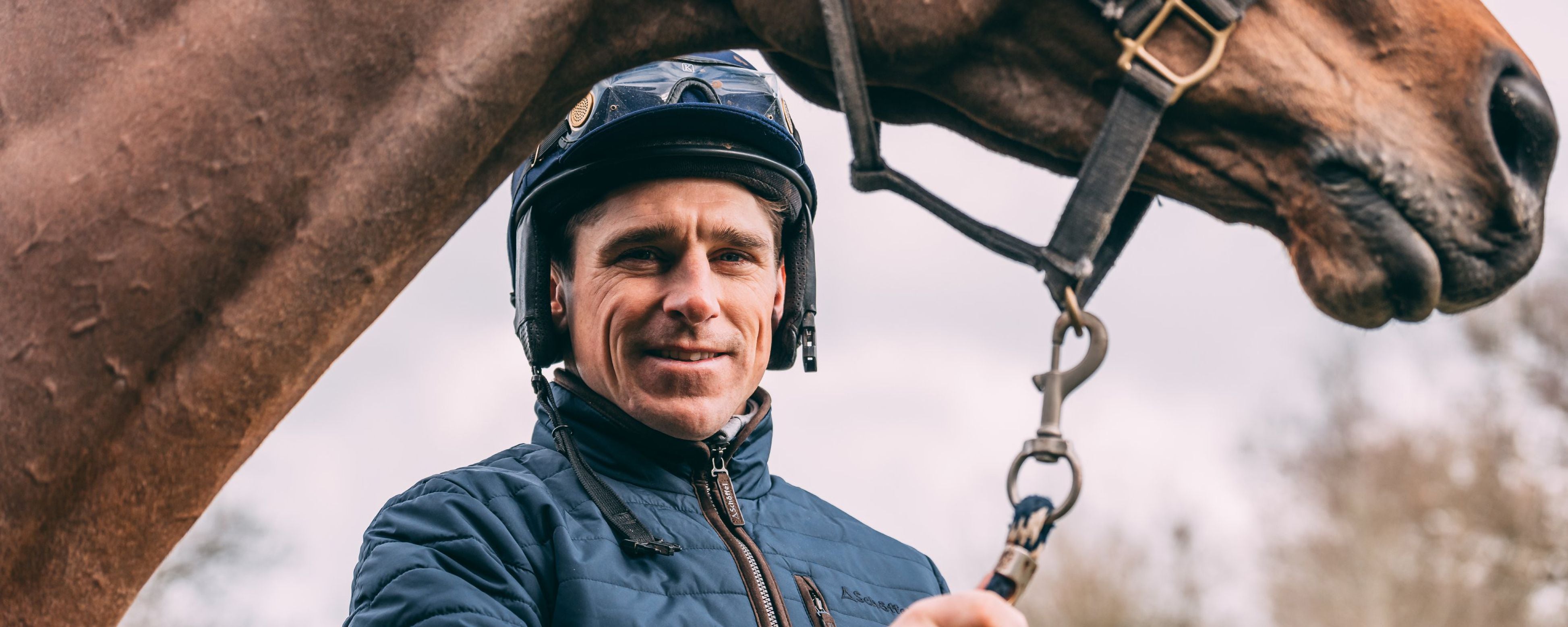

The life of a kitchen gardener
We dive into the day-to-day life of green-thumbed Ellie Marrian, the guardian of Doddington Hall's abundant kitchen garden, and discover how she grows such a vast array of produce each year.
Ellie Marrian might just have the dream gig.
From two-and-a-half acres of walled garden at Doddington Hall in Lincolnshire, her job is to produce trailer-loads of vegetables, salads, herbs and fruit for the estate’s farm shop, cafés and restaurant.
What does that look like? Well, at this time of year, on a sunny day in May as one growing season gives way to another, it’s a vibrant smorgasbord of green and brown, with satisfying symmetry and a lot of bouncing between the greenhouse, polytunnel, cold frames and kitchen garden. The growing season is well and truly underway…
Over the course of this year, Ellie will look after some 96 varieties of 45 plant types. And, if 2023’s yield is anything to go by, that will equate to around 4.5 tonnes (yes, tonnes!) of produce – everything from pumpkins and potatoes to cucumbers and carrots.
The kitchen garden has been a key feature at Doddington since the hall was completed in 1600. Half of its footprint was left to go fallow in the 1960s, but it was restored to its former glory with the help of The National Lottery Heritage Fund in 2007, one year after current owners Claire and James Birch took the mantle.
Ellie has been there for two years now. “It really is a special place and I feel very lucky to be looking after it,” she admitted as we crunched along the gravelled path and her outdoor office opened up around us. “But everything we do in here,” she explained, motioning toward the neat rows of Swiss chard and rhubarb, beyond which spread the rest of the beds, “starts in there”. She turned to a small brick building to our right. ‘The Potting Shed’. Time for a cuppa.
“This is where I hunker down with my seed catalogues when the weather isn’t so kind in winter,” said Ellie. We drew seats around a table that just about fit between the staff lockers and a stove the size of a Shetland pony. The kettle did its thing as Ellie placed a couple of hefty, soil-stained notebooks before us.
“Around Christmas time each year, I spend a lot of time planning and preparing next year’s crop,” she said. “I review what went well, what didn’t go so well, what we had too much of, and what we didn’t have enough of in the year past. I also sit down with the chefs in the kitchens and the team at the farm shop, and eventually compile a long list of what we’re going to grow, and in what quantities.”
Then she has the tricky task of working out where everything is going to go. There is the six-year rotation to think about – an approach that helps soil fertility and structure – and varying quantities of oh-so-many crops, all with their own spacing requirements. “Ultimately,” she said, “the aim is to establish what’s going into and (hopefully) coming out of the garden. And that takes a lot of time and a lot of tea!”
I was struggling to concentrate, absorbed by the numbers on last year’s harvest record: 607kgs of courgettes… 314kgs of Crown Prince squashes… 47kgs of sprouting broccoli… 250kgs of runner beans… the list went on.
Except for the potatoes, broad beans, and colourful carrots, everything starts its life in the greenhouse. Ellie has to be regimented with her propagation, ensuring that she’s neither oversowing nor undersowing for the season ahead. “Generally,” she explains, “the plants all work their way from the first bench in the greenhouse – the warmest spot – to the second bench, then the back bench, before being hardened off in cold frames.
“The greenhouse gives everything a good start but, importantly, it also allows us to produce food for the shop and kitchens year-round,” explained Ellie. “In the winter, we grow a lot of salad in here,” she said, turning on the hosepipe and watering anything that looked as though it needed a drink. “Then, come summer, it is handed over to the likes of basil, tomatoes, melons, chillies, and aubergines.”
Next door sat the polytunnel, a more humid environment – ideal for growing fennel, leeks, beetroot and carrots. “It smells amazing in here first thing in the morning,” Ellie told me.
Her passion for the whole process is infectious and sprouts from a childhood spent tending to her family’s allotment. As we made our way around the walled perimeter, past the east-facing gooseberry and redcurrant bushes, and by the south-facing apples, pears and figs, I found myself mentally re-arranging the raised bed in my back garden, home-grown veg the goal.
Soon we arrived at the leafiest part of the beds. “May is a really exciting time, as everything is changing so rapidly, and it marks the start of the 2024 season proper,” explained Ellie. “We start to see all the hard work in the greenhouses and the polytunnel pay off.
“At the moment, we’re mainly harvesting rhubarb and Swiss chard from the kitchen garden, but soon we’ll have the first of the broad beans and then, before long, this will be full to bursting – and it will all be hand-picked!”
It’s not all sowing, planting and harvesting, though – there’s a great deal of graft in between. For starters, as the weather warms, keeping everything watered becomes a daily task. “We do use sprinklers,” Ellie explained. “The water is sourced from our spring-fed pond, just beyond the garden perimeter”. Meanwhile, the ‘no-dig’ system they now use in the kitchen garden, whereby everything is planted directly into the organic matter – a mixture of composted kitchen waste and cow manure from the farm – aids water retention.
There are countless pests and diseases to contend with as well. “We don’t use chemical fertilisers, weed killers or pesticides,” she explained as she checked the chillies for aphids and red spider mite. “And that’s largely thanks to the rotations we use, which mean the same plants are not grown near where they were in previous seasons. Then there’s our no-dig policy, which means weed seeds are not brought to the surface each year with cultivation.” She started planting the cavolo nero, just wheeled round from the cold frames, in a zigzag pattern, itself a practice that allows better movement of air between plants and easier access when checking them for signs of ill health.
A particularly enjoyable part of the job, according to Ellie, is the freedom to experiment with different fruits and vegetables – weird and wonderful varieties that are as eye-catching as they are novel to customers and chefs. “It might be a case of our chefs seeing something quirky on a menu at another restaurant and then tasking me with trying to grow it.
“With warmer temperatures, we are able to push the boundaries a little bit; we’ve grown all sorts from colourful cauliflowers and the most amazingly rich-in-flavour sweet potatoes, of all shapes and sizes, to kohlrabi and new varieties of tomatoes.”
As we left Ellie and wove our way back through garden, past plants laden with ladybirds and alive with bumblebees, the sun beamed from a cloudless sky. It was the warmest day of the year – a sure sign summer was just around the corner – and I couldn’t help but feel inspired by the short and wholesome journey of all that wonderful food that starts as an idea in Ellie’s potting shed and finishes its journey on the plates of so many of Doddington Hall’s lucky visitors.

